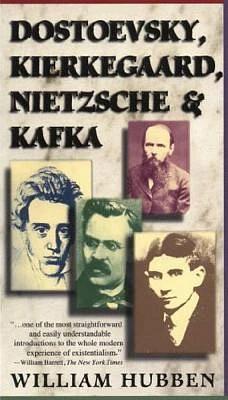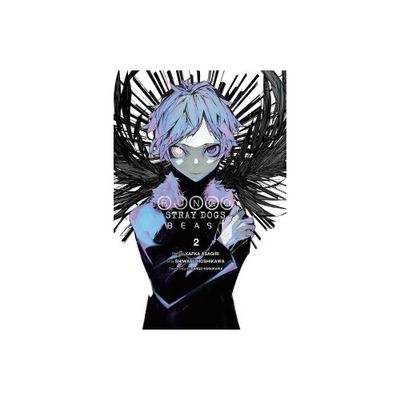Home
Beasts of the Modern Imagination: Darwin, Nietzsche, Kafka, Ernst, and Lawrence
Loading Inventory...
Barnes and Noble
Beasts of the Modern Imagination: Darwin, Nietzsche, Kafka, Ernst, and Lawrence
Current price: $47.00


Barnes and Noble
Beasts of the Modern Imagination: Darwin, Nietzsche, Kafka, Ernst, and Lawrence
Current price: $47.00
Loading Inventory...
Size: Paperback
*Product Information may vary - to confirm product availability, pricing, and additional information please contact Barnes and Noble
Originally published in 1985.
Beasts of the Modern Imagination
explores a specific tradition in modern thought and art: the critique of anthropocentrism at the hands of "beasts"—writers whose works constitute animal gestures or acts of fatality. It is not a study of animal imagery, although the works that Margot Norris explores present us with apes, horses, bulls, and mice who appear in the foreground of fiction, not as the tropes of allegory or fable, but as narrators and protagonists appropriating their animality amid an anthropocentric universe. These beasts are finally the masks of the human animals who create them, and the textual strategies that bring them into being constitute another version of their struggle.
The focus of this study is a small group of thinkers, writers, and artists who create
as
the animal—not
like
the animal, in imitation of the animal—but with their animality speaking. The author treats Charles Darwin as the founder of this tradition, as the naturalist whose shattering conclusions inevitably turned back on him and subordinated him, the rational man, to the very Nature he studied. Friedrich Nietzsche heeded the advice implicit in his criticism of David Strauss and used Darwinian ideas as critical tools to interrogate the status of man as a
natural
being. He also responded to the implications of his own animality for his writing by transforming his work into bestial acts and gestures. The third, and last, generation of these creative animals includes Franz Kafka, the Surrealist artist Max Ernst, and D. H. Lawrence. In exploring these modern philosophers of the animal and its instinctual life, the author inevitably rebiologizes them even against efforts to debiologize thinkers whose works can be studied profitably for their models of signification.
Beasts of the Modern Imagination
explores a specific tradition in modern thought and art: the critique of anthropocentrism at the hands of "beasts"—writers whose works constitute animal gestures or acts of fatality. It is not a study of animal imagery, although the works that Margot Norris explores present us with apes, horses, bulls, and mice who appear in the foreground of fiction, not as the tropes of allegory or fable, but as narrators and protagonists appropriating their animality amid an anthropocentric universe. These beasts are finally the masks of the human animals who create them, and the textual strategies that bring them into being constitute another version of their struggle.
The focus of this study is a small group of thinkers, writers, and artists who create
as
the animal—not
like
the animal, in imitation of the animal—but with their animality speaking. The author treats Charles Darwin as the founder of this tradition, as the naturalist whose shattering conclusions inevitably turned back on him and subordinated him, the rational man, to the very Nature he studied. Friedrich Nietzsche heeded the advice implicit in his criticism of David Strauss and used Darwinian ideas as critical tools to interrogate the status of man as a
natural
being. He also responded to the implications of his own animality for his writing by transforming his work into bestial acts and gestures. The third, and last, generation of these creative animals includes Franz Kafka, the Surrealist artist Max Ernst, and D. H. Lawrence. In exploring these modern philosophers of the animal and its instinctual life, the author inevitably rebiologizes them even against efforts to debiologize thinkers whose works can be studied profitably for their models of signification.


















